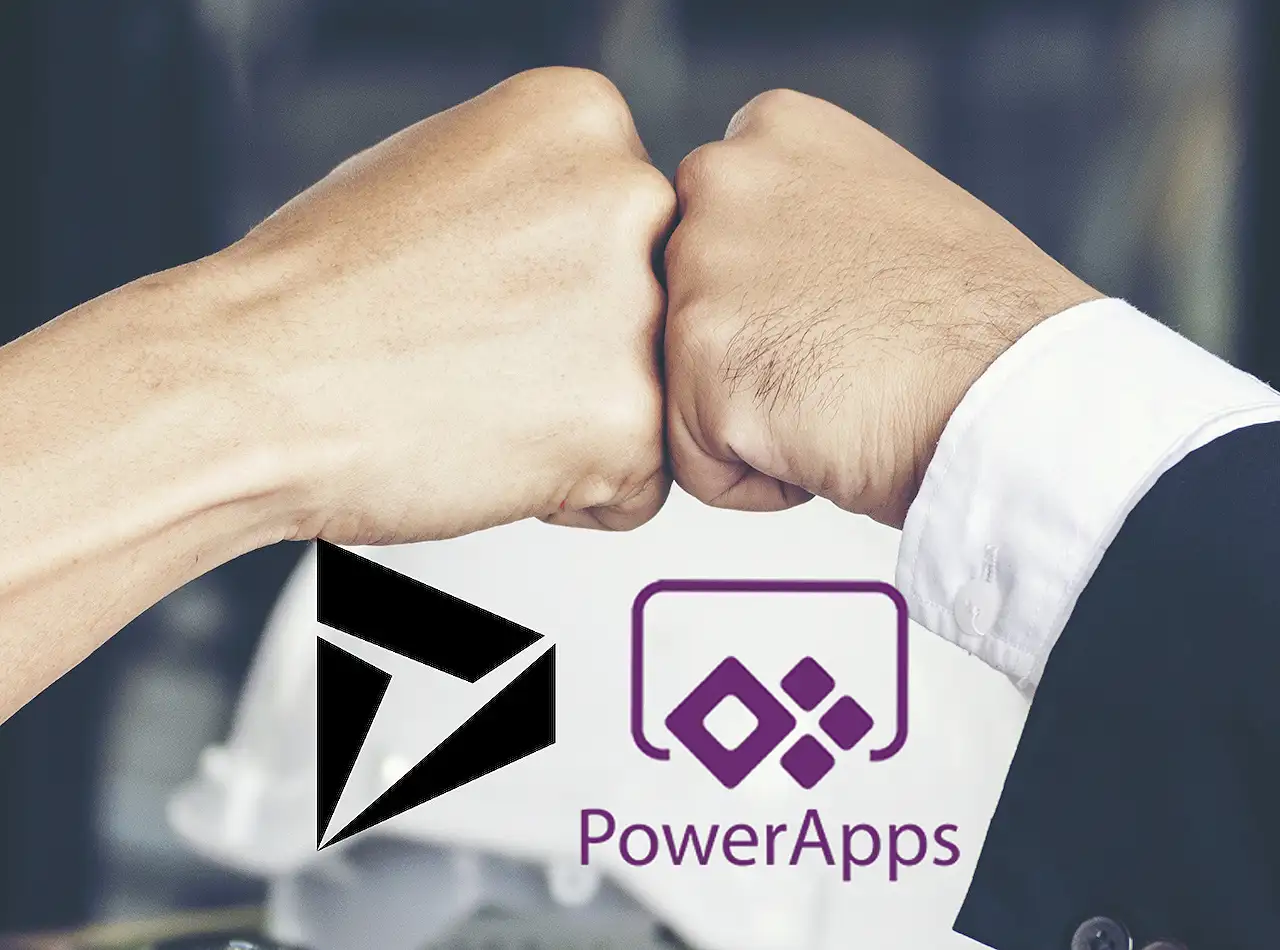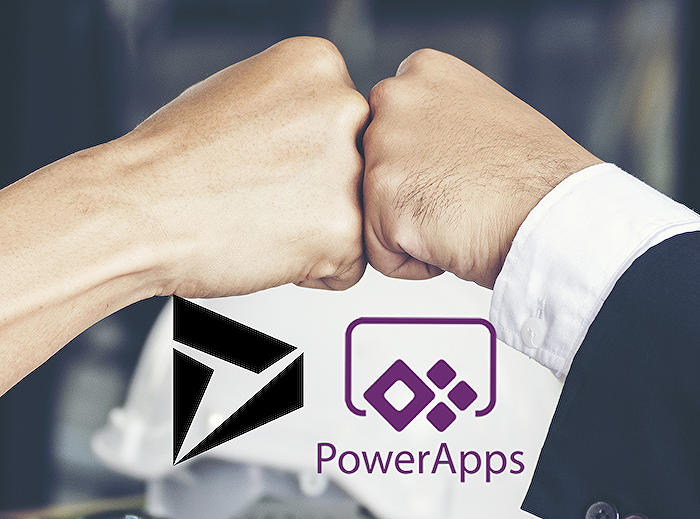- All of Microsoft

Integration Guide: PowerApps Component Framework into Model Driven PowerApps
Unlock the potential of PowerApps with Microsoft Expert insights - Learn to integrate PCFx into Model Driven PowerApps effectively.
Breakdown: Utilizing PowerApps Component Framework in Model Driven PowerApps
Understanding PowerApps—a widely used tool for developing mobile and web applications, is a gamechanger as it provides 'citizen developers' with the ability to create powerful custom solutions.
The world of PowerApps gets more exciting if you're a developer seeking to enhance its functionalities by incorporating third-party or community-based PCF (PowerApps Component Framework) components. Several such samples can be located from the Power Apps community website.
The PCF components especially shine when used with 'Model-driven' and 'Canvas' apps. To better understand this platform, one can refer to the article What is PowerApps?
PCF components can be downloaded, and for a live example in this post, a sample component was tested in a model-driven application. The specific sample here was a control to display a 'Yes/ No' field as a checkmark image—this control is 'non-interactable' by design.
Once the PCF component is downloaded, it gets installed in the PowerApps Environment, which can be found at 'make.powerapps.com'. Once the component uploads successfully and you've hit 'Publish All Customizations', the next stages can begin.
With the component added, users can start testing its control in their Model Driven Apps. Users can create a table with a few columns for testing.
Then, to add a component into the form, users need to go to the Main form of their Table, and create a 'Yes/ no' Field Type Column. Follow a few more simple steps mentioned in the article, and finally, go back to the application. Users will find that the form will render with the toggle control (PCF Component).
PowerApps has revolutionized the way we work. It can connect with diverse data types, which can be centrally accessed via the Data Management Gateways. The flexibility of creating custom forms which are mobile-friendly, makes PowerApps the new-age tool for businesses.
In some exceptional scenarios, the desired PCF.Gallery component might not encompass a ZIP solution. The procedure for installing these will be explored in future tutorials and videos.
PowerApps: A New Approach to Building Custom Forms
Acclaimed as the future for custom forms, PowerApps stands out due to its unique capability of connecting with all possible data types available on your tenant and connected through Data Management Gateways. This flexibility and accessibility not just simplifies work but also revamps traditional methods, bringing more efficiency and productivity in the workflow.
The PowerApps Component Framework (PCF) is a fascinating dimension within the platform. By integrating third-party tools, it opens up new potential possibilities for creating stunning low-code applications targeted for Canvas and Model-driven apps. Therefore, leveraging PowerApps and PCF can indeed be a game-changer in enterprise solutions development.
Read the full article Import PowerApps Component Framework (PCFx) Into Model Driven PowerApps

Learn about Import PowerApps Component Framework (PCFx) Into Model Driven PowerApps
Learning and understanding about PowerApps, a development platform primarily for mobile and web apps, is crucial. This amazing platform empowers various "citizen developers" to leverage capabilities that were exclusively for premium development tools. PowerApps is popular due to its ease of use and extensive capabilities.
Are you a PowerApps developer eager to extend your application functionalities with third-party or community-driven PCF (Power Apps Component Framework) components? A large variety of samples can be found in the Power Apps community on its official website, the place for both Model-Driven Application and Canvas apps.
The PowerApps interface allows the import of PCF components seamlessly. Let's take a scenario where a sample component was downloaded to test on a Model-Driven System. There are at least a plethora of components to choose from, for instance, a control that depicts a Yes/No field as a tick image.
Using your browser, you can import them directly from the git repository. These controls can be installed in your PowerApps environment easily by navigating to PowerApps and selecting your environment, then Solutions, and finally Import.
Upon successful import of the component, a "Publish All Customizations" command makes sure all changes take effect correctly. The power of these tools rests in their ability to interact seamlessly and extend the functionalities of any Model-Driven System.
Creating a new table with a few columns enables us to perform tests. If you already have an existing model encapsulation for testing, then additional setup won't be necessary. Using components within forms enhances their functionality and their user interaction.
PowerApps has the incredible power to interface with all sorts of data, not only within your tenant but also connected via the Data Management Gateways. It's really the future of custom form development and mobile device availability for any organization.
In some situations, the PCF.Gallery component may not contain a ZIP solution. In our next post, we will discuss how to install these components. For that, we will have to use PowerApps CLI to import the component in our upcoming modules.
PowerApps offers a vast variety of functionalities and is indeed a necessary tool in the modern developer's toolkit. With its user-friendly interface and high customization capabilities, PowerApps is the future of mobile and web application development.
More links on about Import PowerApps Component Framework (PCFx) Into Model Driven PowerApps
- Import PowerApps Component Framework (PCFx ) Into ...
- May 6, 2022 — This article will help you import sample PCFx component into PowerApps.
- Create A PowerApps Component Framework (PCFx ) ...
- May 6, 2022 — PCF (PowerApps component framework) empowers professional developers and app makers to create code components for model-driven apps and canvas ...
- How to add PCF component in Model Driven App
- Oct 8, 2021 — I have created a PCF component with the name LinearComponent. ... I have imported this component into the Canvas App. Now, i need to import that ...
Keywords
PowerApps Component Framework, Import PCFx, Model Driven PowerApps, PCFx into PowerApps, PowerApps PCFx Integration, Import PCFx Component, PowerApps Model Driven Framework, PCFx PowerApps Import, PowerApps Components, Model Driven Component Import